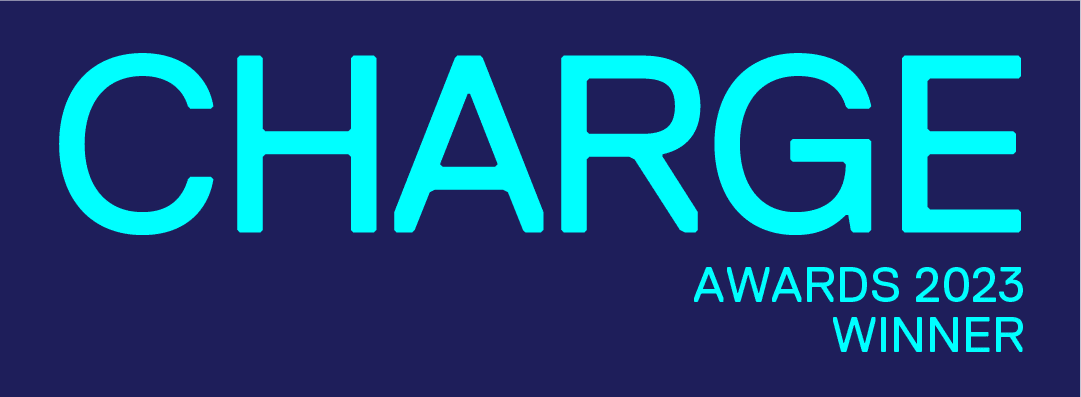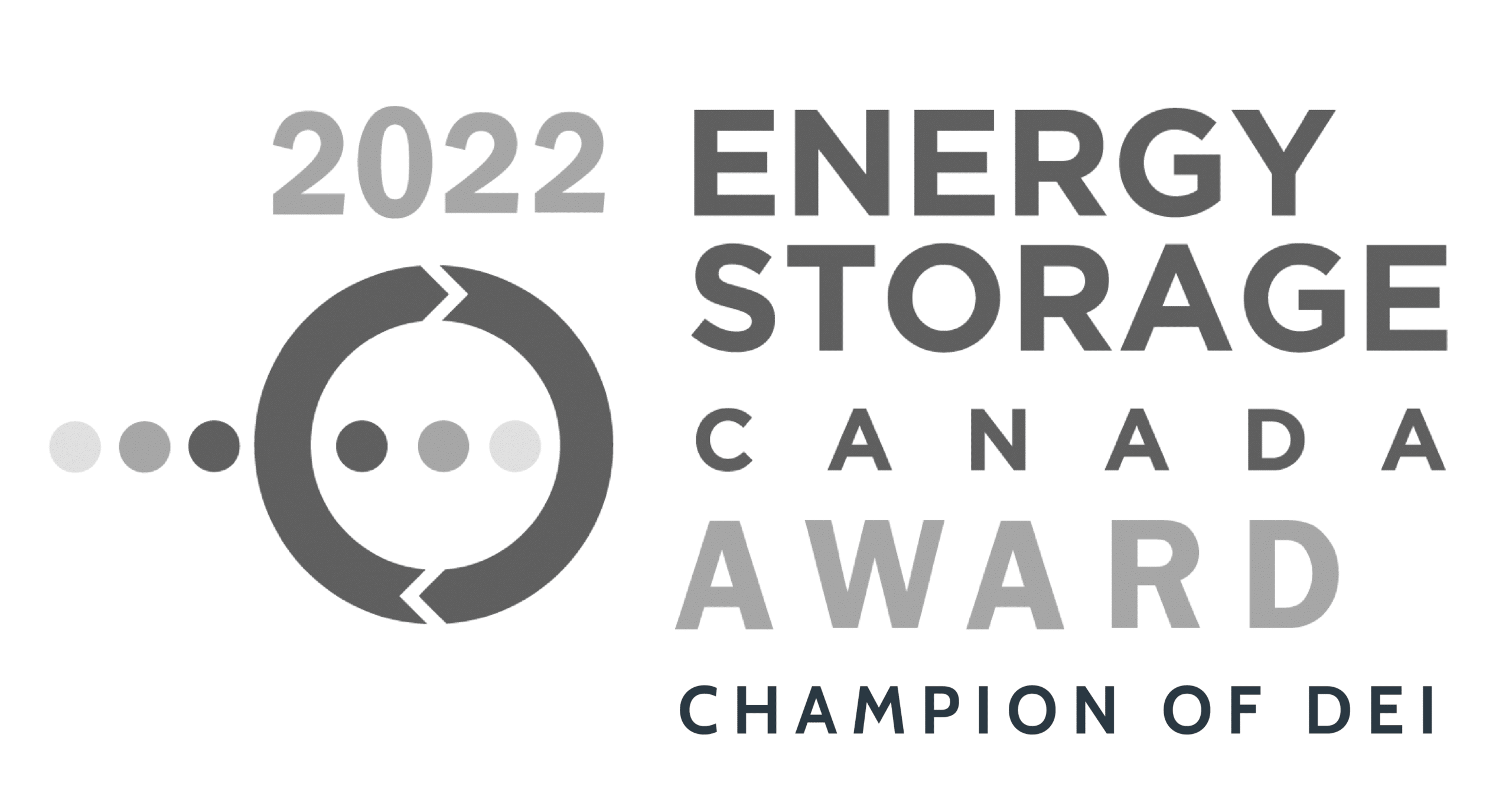Global Adjustment (GA) fees can add up to 40-60% of a business’s electricity bill. The Ontario Government introduced the Industrial Conservation Initiative (ICI) to encourage large electricity users to shift their consumption. By consuming power during off-peak hours, businesses can reduce a large part of their energy bill. Here are some ways to save on Global Adjustment fees.
What is Global Adjustment?
All energy users in Ontario pay a Global Adjustment fee. It covers the cost of:
- building new electricity infrastructure
- maintaining existing resources
- providing conservation and demand management programs
Class A customers have an average monthly peak demand above 5 MW. Their GA charge is based on their load during peak demand. In fact, 5 hours of peak demand per year represents up to 60% of a Class A electricity bill.
Under the ICI program, GA charges are measured by energy use during coincident peaks. Coincident peaks are the 5 hours of the year when the demand for electricity in Ontario is at its highest. The charges are calculated by looking at a business’ share of the province’s total energy use.
Peak Power has predicted all GA events over the past three years with 95% accuracy. We provide our clients with advance notice so they can prepare their buildings.
Strategies to Save on Global Adjustment Fees
Most coincident peaks take place in the summer, when energy use is at its highest. At Peak, we call it GA Season. Here are some ways to cut usage ahead of coincident peak hours.
1. Adjust Global Temperature
Increase zone temperature setpoints for the entire facility. There are two ways to do this:
- Absolute setpoint adjustment – increase all zone cooling setpoints to a common, higher value, like 24.5ºC
- Relative setpoint adjustment – increase all zone cooling setpoints by the same amount, like 2ºC
Added benefits: If occupants are comfortable with these levels, this can lead to savings all summer.
Risk: To maintain occupant comfort, follow ASHRAE standards for the rate of temperature changes.
| Time Period | 15 minutes | 30 minutes | 1 hour | 2 hours | 4 hours |
| Maximum Operative Temperature Change Allowed | 1.1ºC | 1.7ºC | 2.2ºC | 2.8ºC | 3.3ºC |
2. “Store” Cool Air When it’s Cheaper
Decrease temperature setpoints during off-peak hours to cool the building when costs are lower. When the curtailment window hits, increase temperature setpoints to prevent cooling operations from running.
Added benefits: Buildings in milder climates can use free, night-time outdoor air for cooling.
Risk: This strategy is only effective when facility managers know about peak demand in advance. Buildings need sufficient time to cool down.
3. Optimize Chilled Water Temperature Setpoints
Cooling load can be reduced by increasing the chilled water to an optimal temperature.
Added benefit: Raising chilled water temperature increases efficiency of the chiller compressor.
Risk: This strategy may not be applicable if setpoints are already optimized. Use your best judgement.
4. Switch Off Luminaires
Switch off fractions of or entire luminaires in empty zones.
Risks: Ensure you are aware of zone occupancy. Otherwise, this may disrupt work. Do not use this strategy in high-security areas.
Peak Power Can Help You Save
Saving during Global Adjustment season requires your best judgement and knowledge of your building and your occupants. Peak Power can provide additional insights to help facility managers make effective changes. Learn more about how Peak Insight can help you save on operating costs.




